Johnson is a United Methodist pastor, the author of "Holding Up Your Corner: Talking About Race in Your Community" and program director for the Bridge Alliance, which houses The Fulcrum.
In the wake of recent protests over the wars in the Middle East and Ukraine, the ongoing struggle for women's rights, and growing geopolitical tensions leading up to the presidential election, Sen. Tom Cotton's recent inflammatory comments about how to respond to protestors serves as a stark reminder of the challenges facing political discourse.
A recent post on X, the Arkansas Republican said: “I encourage people who get stuck behind the pro-Hamas mobs blocking traffic: take matters into your own hands to get them out of the way. It's time to put an end to this nonsense.”
In a statement to NBC News when asked about the post, he doubled down on by saying: “Absolutely, I support people, if they’re blocked by traffic, by pro-Hamas vigilantes in the street, they should get out of their cars, they should move them to the side of the road, and they should let traffic continue.”
By equating demonstrators with criminality, Cotton undermines the very principles of free speech and assembly that underpin American democracy.
The beauty and burden of a democratic republic is that it grants citizens the freedom to express diverse viewpoints and mobilize around shared values. But with this freedom comes the responsibility to protect and uphold the rights of all, even those with whom we disagree. I dare posit, it is our collective responsibility to actively work to dispel the dangerous misconceptions that surround these vital democratic practices, empowering us to shape the narrative of our democracy.
Our nation’s Founding Fathers intentionally crafted the First Amendment with broad protections for unpopular speech and dissenting views to safeguard the republic's health. It is a bulwark against tyranny, and its protection of protest and assembly is essential to a functioning democracy. Protest inherently possesses an ability to mobilize public opinion and raise the bars of accountability and conscience, while injecting hope and optimism into public discourse.
Community Dialogue Policing, developed by the Columbus, Ohio, police department, is a powerful model for uplift of First Amendment exercises and civility. The initiative focuses on community engagement and de-escalation tactics, and has been instrumental in ensuring that protests are viewed as opportunities for constructive dialogue rather than threats to be quelled. By creating mechanisms for community input and accountability, such programs help ensure that all rights are respected and that the public square remains open for all voices.
This work with dialogue officers and First Amendment actors or protestors seeks to fundamentally dispel some of the myths associated with protest and civil disobedience groups and actions.
Myth 1: All protestors are violent anarchists, extremists or anti-American
While some protests may involve acts of violence or property damage, the majority are purposeful demonstrations. However, most protestors are law-abiding citizens who are deeply concerned about specific issues and want to bring about change through non-violent means. Though some protest movements may be associated with extreme ideologies, many are driven by mainstream concerns. Issues like income inequality, environmental protection, and police accountability attract broad support from diverse groups of people.
Of course violent and unlawful behavior must be dealt with accordingly, but assuming that all protesters are participating in illegal behavior may be inflammatory in and of itself.
Myth 2: Civil disobedience is always illegal
Civil disobedience seeks to challenge laws and practices that protestors believe are unjust. Such tactics are used to draw attention to important issues and forward action beyond the status quo. While it is illegal to break the law, civil disobedience is peaceful. And civil disobedience is a legitimate form of political expression.
Myth 3: Protest groups always have a clear leader and hierarchy
Many protest movements are leaderless or have decentralized structures. Decisions about when and where to protest are often made by independent, unrelated participants. This can make it challenging for law enforcement to identify specific individuals or groups to engage.
Myth 4: Civil disobedience is always ineffective
While some acts of civil disobedience may not lead to immediate change, they can play an important role in shifting public opinion and pressuring systems and decision-makers. Historic examples include the Suffragette movement, which resulted in the 19th Amendment, and the civil rights movement, which raised the consciousness of our nation towards dismantling the Jim Crow South and protecting voting rights for African American and other disenfranchised citizens.
Myth 5: Protestors never interact with law enforcement in a positive way
Many protestors actively seek to build positive relationships with police. They may work with officers to ensure peaceful protests and coordinate on logistical issues. Dialogue policing principles emphasize the importance of community partnerships and open communication.
Myth 6: Civil disobedience always leads to violence and property damage
Sustained non-violent civil disobedience can lead to sustained social change peacefully. Erica Chenoweth suggests the employ of tactics, referenced as civil resistance, for prosecuting conflict without directly harming or threatening harm of an opponent.
As the nation hurdles towards a pivotal presidential election, the stakes for democracy could not be higher. The protests and civil disobedience we are witnessing are not merely expressions of frustration but powerful mobilizations of the people's will to shape the future of their nation. By defending the First Amendment and supporting initiatives like Community Dialogue Policing, we can help ensure that the promise of American democracy endures, even in the face of its greatest challenges.





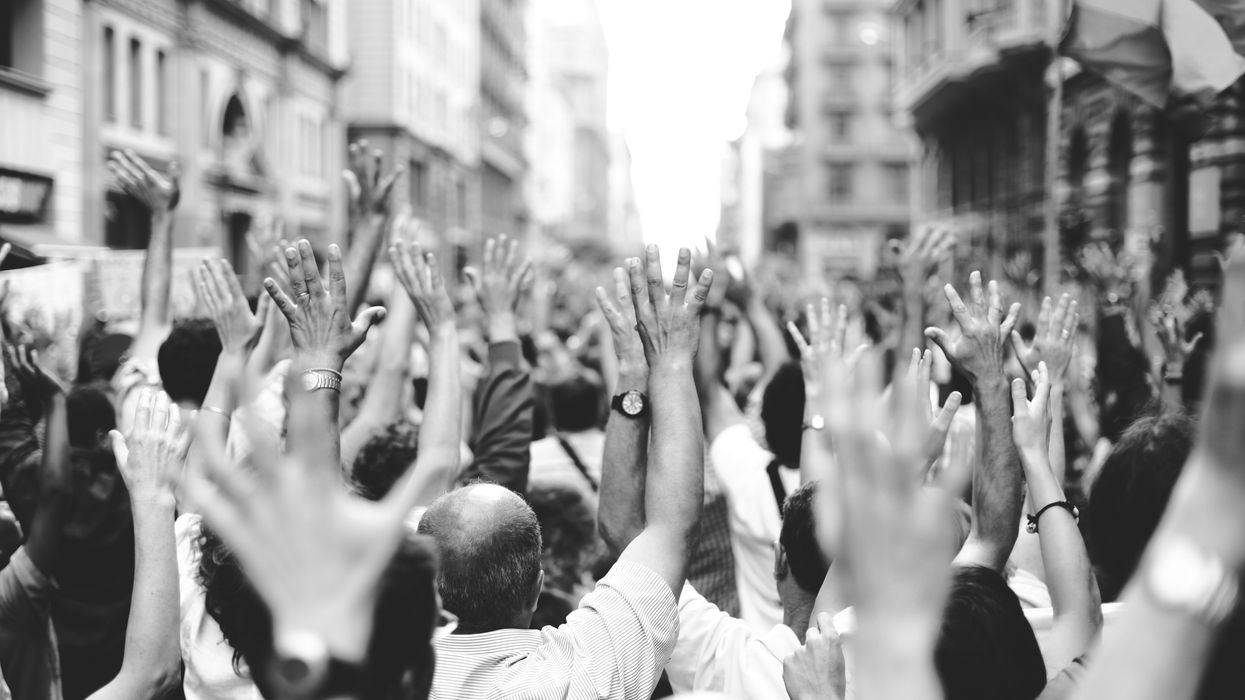



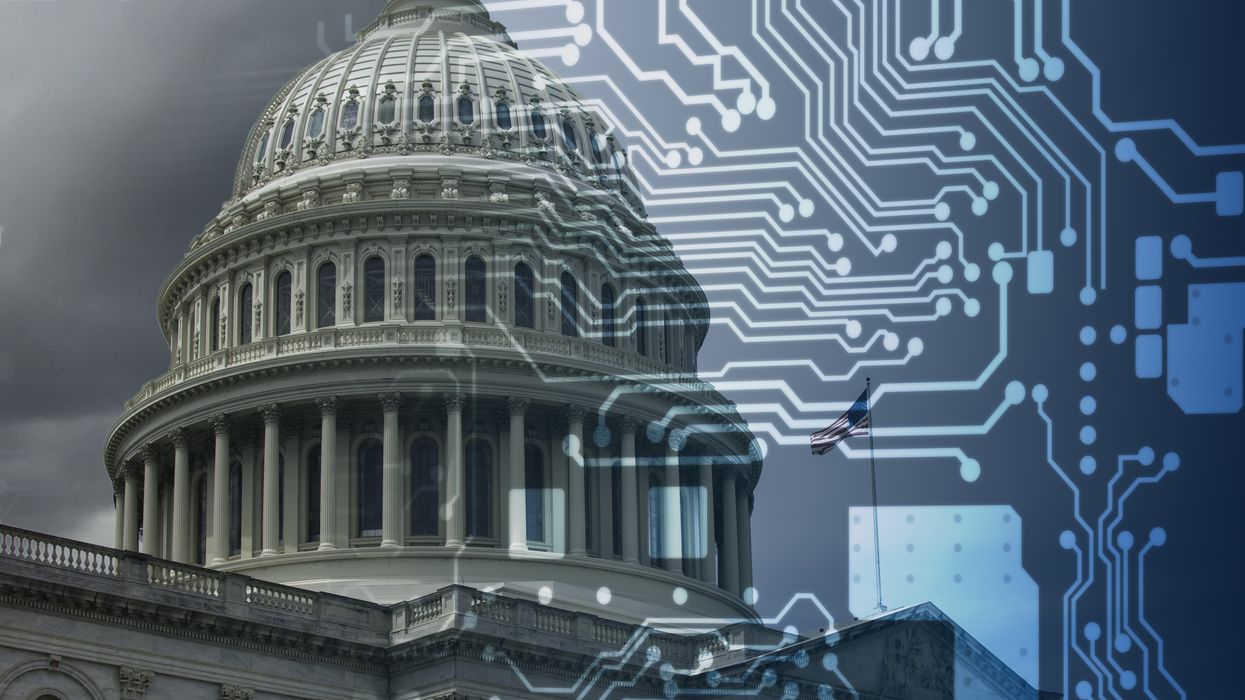
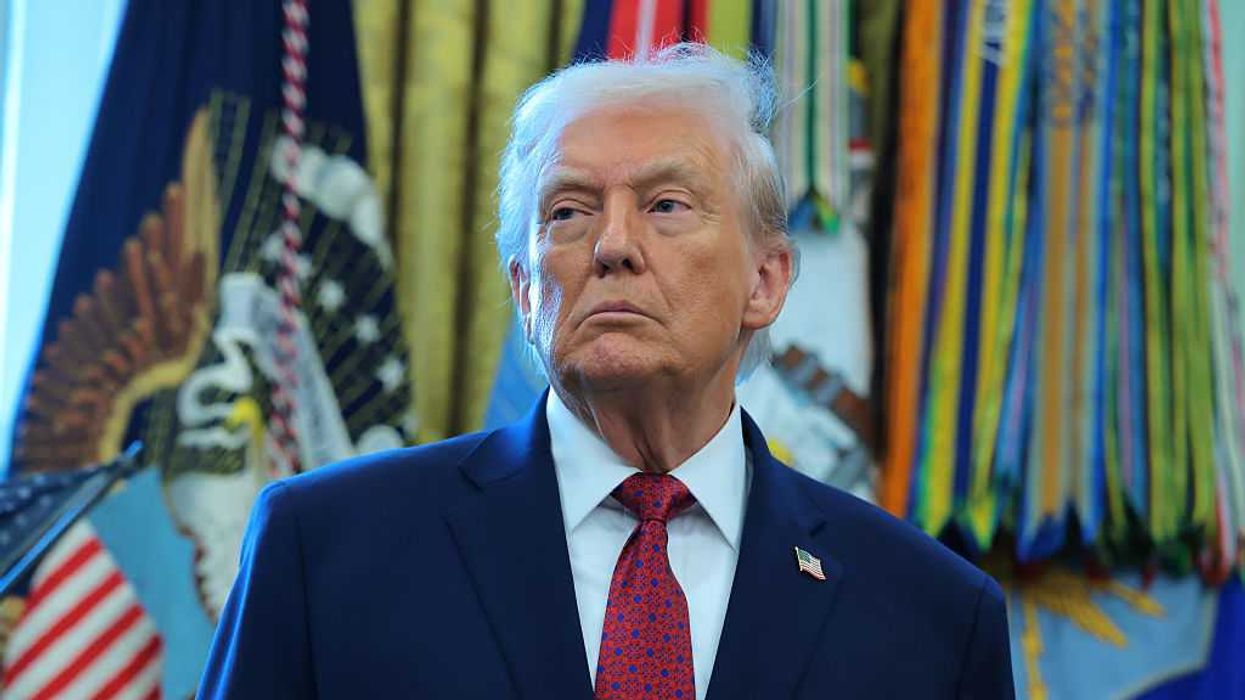
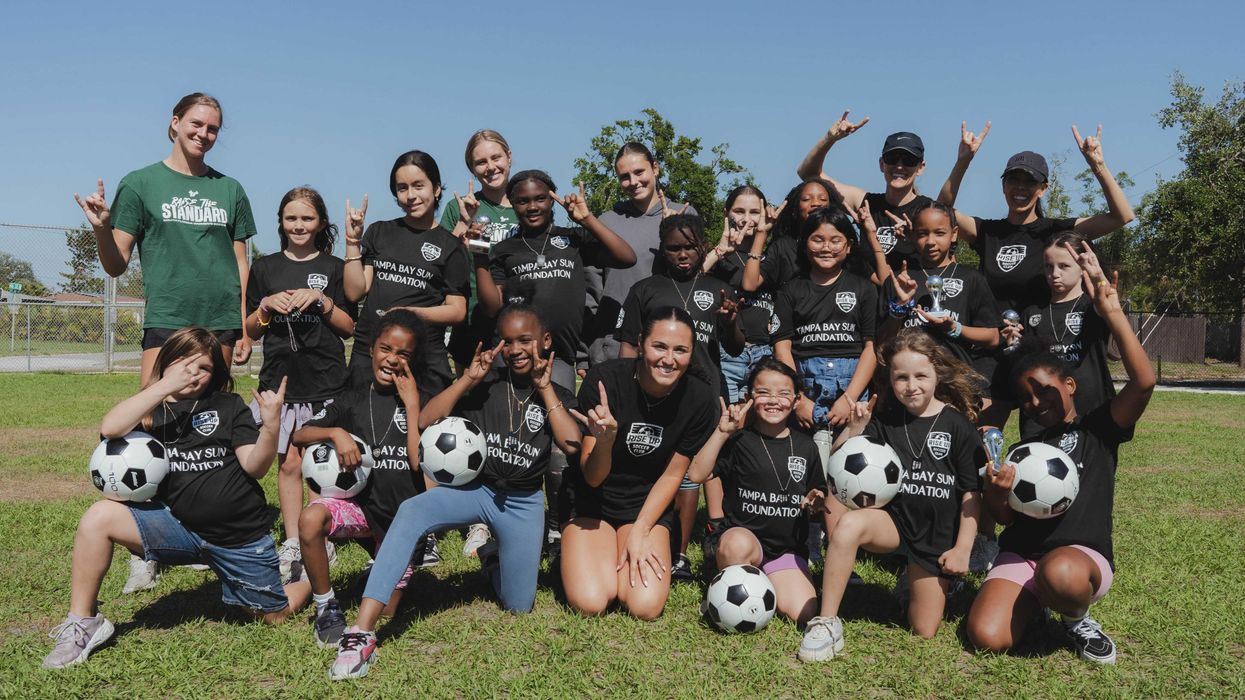







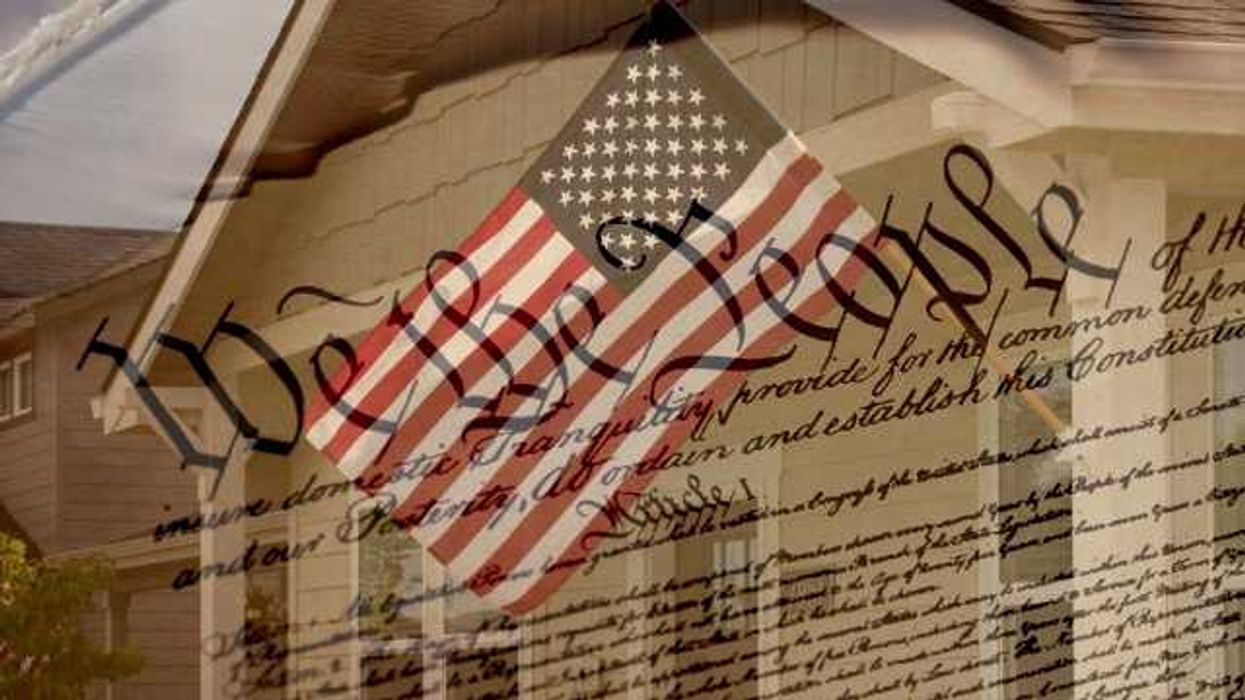
 Shannon Gormley, Rhode Island Public Schools
Shannon Gormley, Rhode Island Public Schools Les Sinclair, Blue Ridge Area Food Bank
Les Sinclair, Blue Ridge Area Food Bank Elena Casillas Hoffman,
Elena Casillas Hoffman, 
 Darrious Hilmon, Executive Director, CAN-TV
Darrious Hilmon, Executive Director, CAN-TV